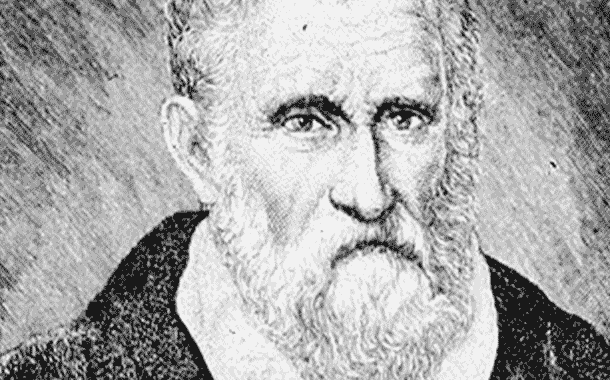<![CDATA[On his historic 1492 voyage, Christopher Columbus supposedly carried a frayed copy of "The Travels of Marco Polo" with him. Motivated by Polo's accounts, Columbus sought a west-ward sea route to East Asia, but instead landed in the new world. According to centuries old texts and maps though, Marco Polo may have set foot in America around two hundred years before Christopher Columbus. In 1271, with his father and uncle, a 17-year-old Marco Polo left Venice to travel east along the Silk Road and did not return home for 24 years. Polo became the first ever European to set foot in the Far East. His publication of "The Travels of Marco Polo" instantly made him Europe's most famous traveller. Historians have long debated the authenticity of Polo's book, including whether he actually visited China or simply cobbled together second hand accounts. Critics point out the inaccuracies of his tales, and his failure to describe the existence of the Great Wall of China and some key cultural attributes of the region such as tea drinking and the use of chopsticks. Six centuries after Marco Polo went on his epic journey, and four centuries after Christopher Columbus set sail, another Italian teenager left his country and headed westward carrying some useful clues to solve the long-standing debate about Marco Polo's claims. In the 1880s, Marcian Rossi immigrated to the USA with a collection of fourteen maps and texts he thought could prove Polo's claims. Rossi's collection of documents included maps describing Marco's journey to Far Eastern countries, dating from the thirteenth and fourteenth centuries, together with texts signed by Polo's three daughters- Moreta, Bellela and Fantina. The existence of these documents was never revealed until the 1930s when Marcian Rossi contacted the Library of Congress. It is only now however, that these documents have been thoroughly analysed. A professor from Philadelphia's University of the Arts, Benjamin B. Olshin, has been working for more than a decade to contextualize Rossi's documents. The ultimate result of this long research will be published in his book "The Mysteries of the Marco Polo Maps," which will include photos of Rossi's maps and texts. In fact, Benjamin B. Olshin is the first man to see the original copies of Rossi's collection. One of the documents Rossi donated to the Library of Congress illustrated a Venetian sailing vessel and a drawing of something that appears to be the outlines of Japan, the coastlines of present-day Alaska and British Columbia, the Aleutian Islands, the Bering Strait, and Siberia's Kamchatka Peninsula. Another document from Rossi's collection includes texts presumably written by Polo's daughter, Bellela Polo. In the document, Bellela Polo describes how her father met Biaxio Sirdomap, a Syrian mariner, who talked about a glacier-filled "Peninsula of Seals," which he reached after a forty day sea voyage. So, Marcian Rossi's collection should help Benjamin B. Olshin determine whether Polo really visited the Far East, and may even show that he reached America two hundred years before Columbus. Olshin's book will be published this November.]]>
New Findings May Reveal Marco Polo Visited America
